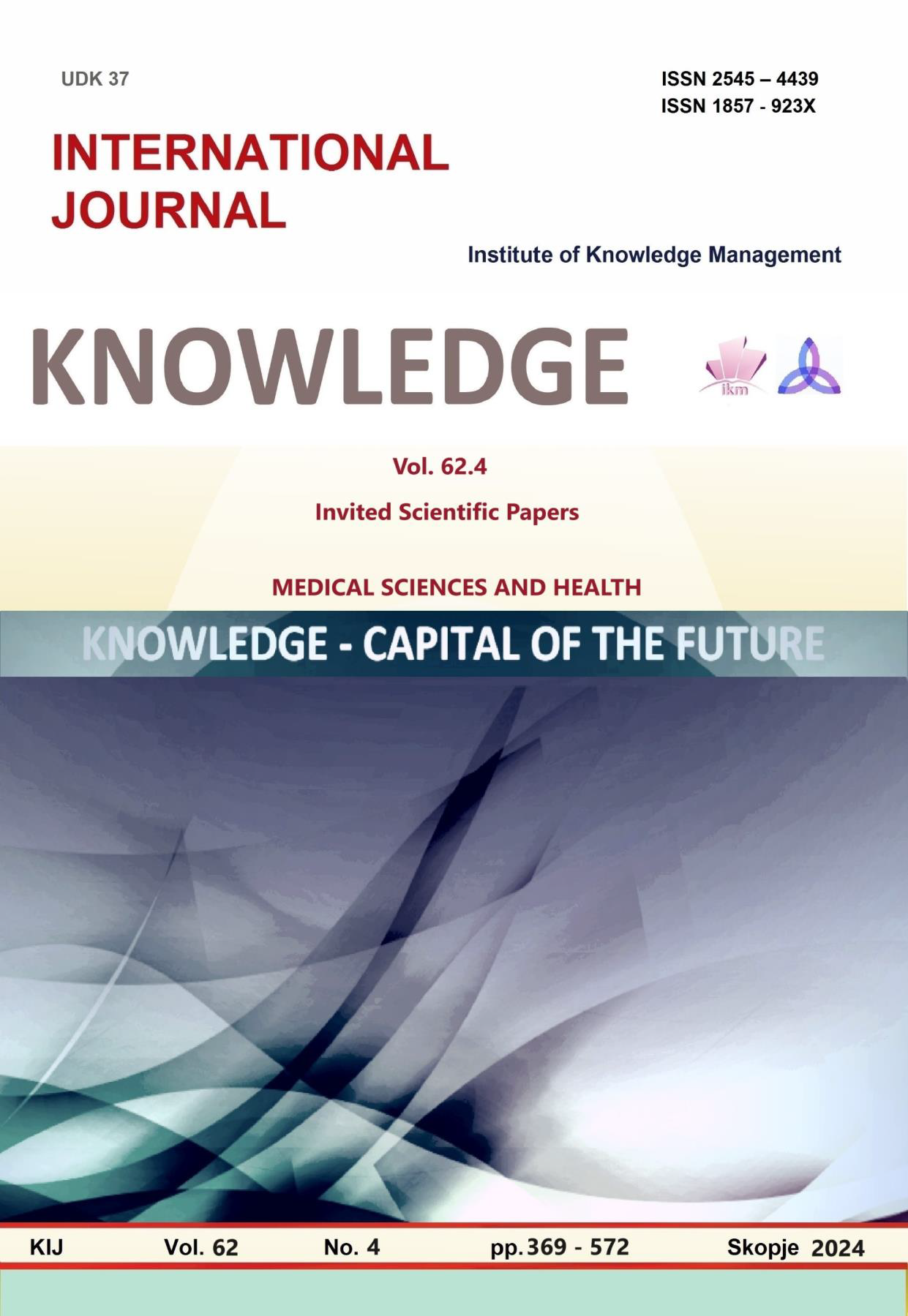THE TRINITY OF ESSENTIAL TRACE ELEMENTS (TES) IMBALANCE, OXIDATIVE STRESS (OS) AND INFLAMMATORY STATE IN CHRONIC KIDNEY DISEASE AND HEMODIALYSIS (HD) PATIENTS: VICIOUS TRIAD FOR DISEASE PROGRESSION AND OUTCOMES
THE TRINITY OF ESSENTIAL TRACE ELEMENTS (TES) IMBALANCE, OXIDATIVE STRESS (OS) AND INFLAMMATORY STATE IN CHRONIC KIDNEY DISEASE AND HEMODIALYSIS (HD) PATIENTS: VICIOUS TRIAD FOR DISEASE PROGRESSION AND OUTCOMES
Author(s): Raya Delipavlova, Tanya Deneva, Delyana DavchevaSubject(s): Health and medicine and law
Published by: Scientific Institute of Management and Knowledge
Keywords: CKD;trace elements;oxidative stress;dialysis;zinc;copper;selenium
Summary/Abstract: Chronic kidney disease (CKD) is a socially significant disease. Worldwide, CKD prevalence is increasing, with it expected to become the fifth most common chronic disease by 2040. In end-stage renal disease (ESRD), the kidneys are unable to cleanse the body of metabolic waste products. Global Burden of Disease (GBD) studies show that despite the decline in the ESRD mortality, CKD is emerging as a leading cause of death on the worldwide scale. The global epidemiology of ESRD reflects the unique genetic, environmental, lifestyle and socio-demographic characteristics of each nation. Dialysis treatment is a long-term replacement therapy allowing the body to continue functioning when the vital excretory system stops working properly. Renal replacement therapy (RRT) reduces uremic intoxication, maintaining the body's internal environment in a state, closest to the physiological. The predominant type of RRT in most countries is dialysis, with hemodialysis (HD) being the most common one. Maintenance hemodialysis (MHD) is one of the greatest achievements of medicine in the second half of the last century, thanks to which thousands of people succeed to return to an almost normal lifestyle with satisfying social integration and participation. Despite offering years of life, it is reported that HD is a major cause of essential elements imbalances. Minerals, like all matter, are made out of chemical elements, including small-amount elements and elements, present in the human body in diminutive quantities. Knowledge about micronutrient status in CKD is still limited. In recent years, data on the pleiotropic effects of TE in maintaining multisystem physiological balance are increasing, accentuating on their role as an epigenetic factor, as well as on the key importance of TEs for environmental and occupational health. Microelements have an essential role for the optimal biological, chemical, energetic and molecular cellular functioning. They are involved in vital biochemical reactions by acting as cofactors for many enzymes. Elemental balance is of key importance for the physiological immune response, accordingly, the state of deficiency can be crucial for the development and progression of various diseases, among which: CKD. It is found that in dialysis and pre-dialysis patients, zinc (Zn) and selenium (Se) are the two major elements that are significantly depleted as compared to normal subjects. Over the past few decades, a large number of clinical, experimental, and theoretical data state signs of oxidative stress (OS) in ESRD patients, which is considered a biochemical hallmark of CKD, affecting the progression and deterioration of renal function, as well as the occurrence of systemic comorbidities such as cardiovascular disease (CVD). Dietary restrictions, comorbidity, medical therapy, MHD, play a key role in the inadequate intake, unpredictable absorption, impaired metabolism, and increased elemental losses among these patients. Zn, Cu and Se, being involved in the molecular structure of some of the most powerful antioxidant systems, are of particular interest, as they can only be supplemented exogenously, thus contributing to sustainable quality of life in the presence of CKD. Providing personalized medical care would support the diagnosis, as well as modern therapy aspects of a number of diseases associated with TEs imbalance, especially CKD. Conclusive research may provide more successful and comprehensive approach to CKD management, hence the aim of this review to contribute for the establishment of proper supplementation strategies and reliable laboratory diagnosis of elemental imbalance in CKD and HD patients.
Journal: Knowledge - International Journal
- Issue Year: 62/2024
- Issue No: 4
- Page Range: 405-409
- Page Count: 5
- Language: English

